I have a dataset with multiple categories and I want to plot in a single figure to see how something changes. I have a list of given categories in the data set that I'm would like to see it all plot in the same figure
sample = [
['For business', 0.7616104043587437],
['For home and cottages', 0.6890139579274699],
['Consumer electronics', 0.039868871866136635],
['Personal things', 0.7487893699793786],
['Services', 0.747226678171249],
['Services', 0.23463661173977313],
['Animals', 0.6504301798258314],
['For home and cottages', 0.49567857024037665],
['For home and cottages', 0.9852681814098107],
['Transportation', 0.8134867587477912],
['Animals', 0.49988690699674654],
['Consumer electronics', 0.15086800344617235],
['For business', 0.9485494576819328],
['Hobbies and Leisure', 0.25766871111905243],
['For home and cottages', 0.31704508627659533],
['Animals', 0.6192114570078333],
['Personal things', 0.5755788287287359],
['Hobbies and Leisure', 0.10106922056341394],
['Animals', 0.16834618003738577],
['Consumer electronics', 0.7570803588496894]
]
train = pd.DataFrame(data=sample, columns=['parent_category_name','deal_probability'])
parent_categories = train['parent_category_name'].unique()
parent_categories_size = len(parent_categories)
fig, ax = plt.subplots(figsize=(12,10))
colors = iter(cm.rainbow(np.linspace(0, 1, parent_categories_size)))
for parent_category_n in range(parent_categories_size):
parent_1 = train[train['parent_category_name'] == parent_categories[parent_category_name]]
ax.scatter(
range(parent_1.shape[0]),
np.sort(parent_1.deal_probability.values),
color = next(colors)
)
plt.ylabel('likelihood that an ad actually sold something', fontsize=12)
plt.title('Distribution of likelihood that an ad actually sold something')
I've no idea why I can only see the last plot instead of all of them. Alternatively I could work with having multiple scatter plots in one figure, but I'm having a hard time trying to plot this.
Currently I'm working with 10 categories but I'm trying to make it dynamic.

